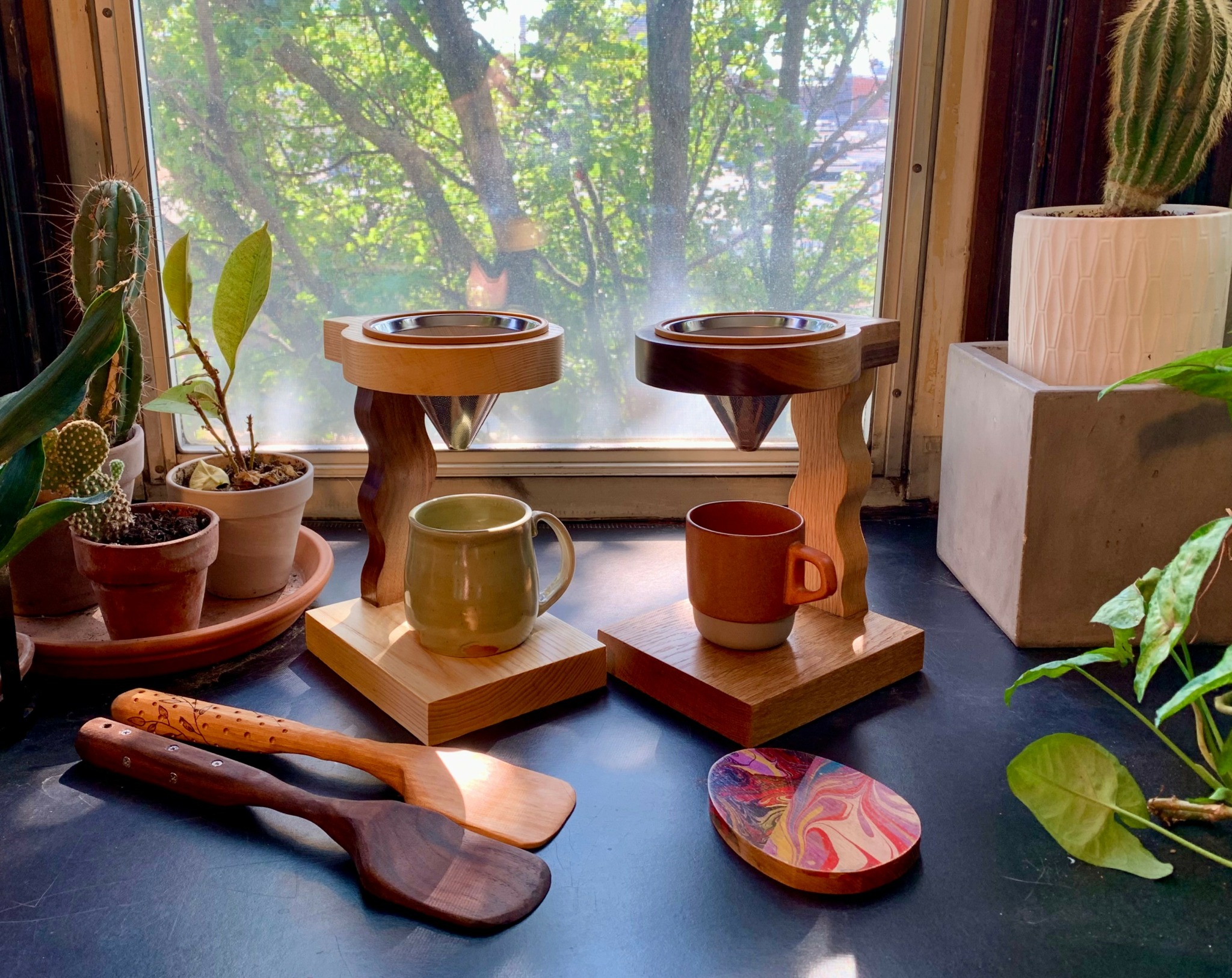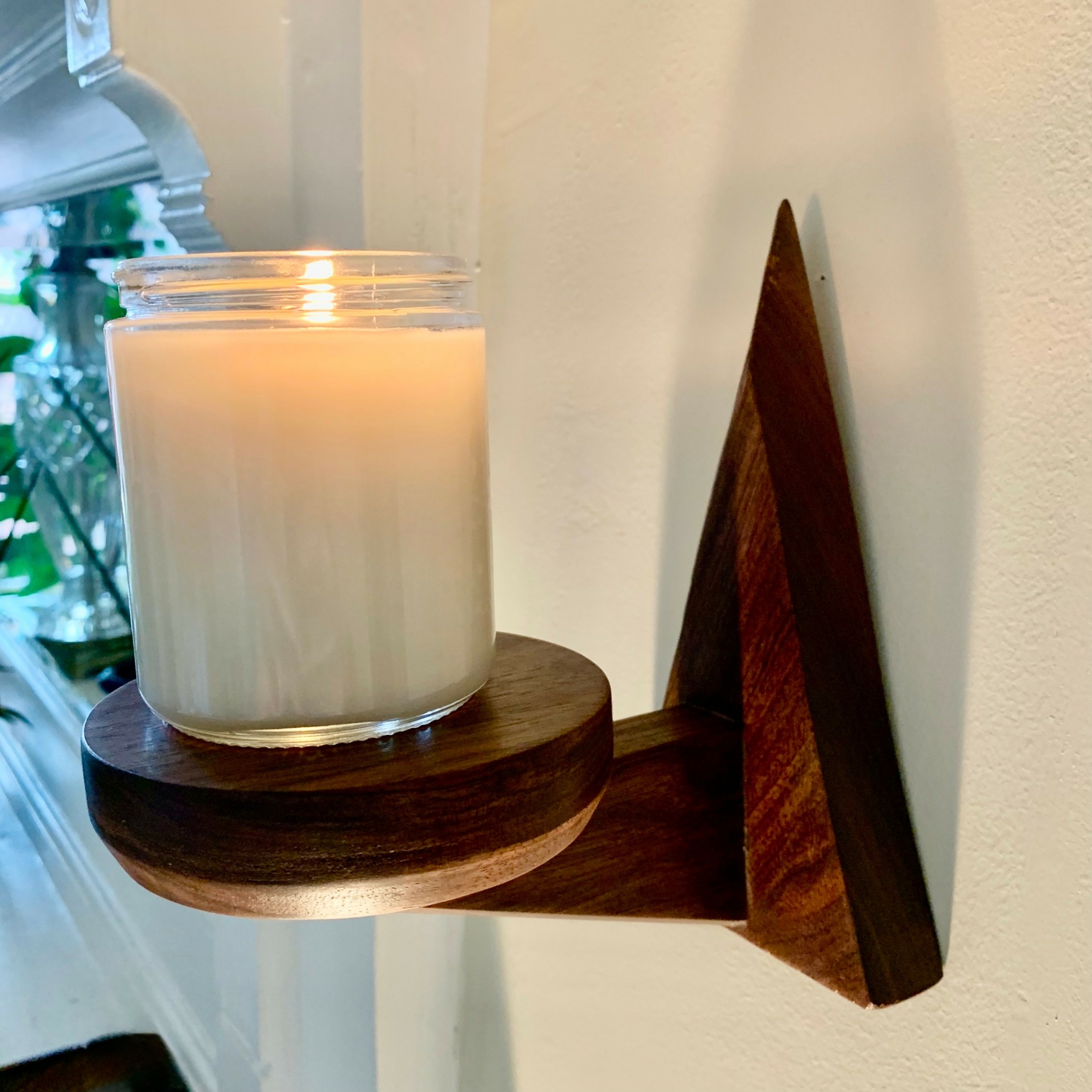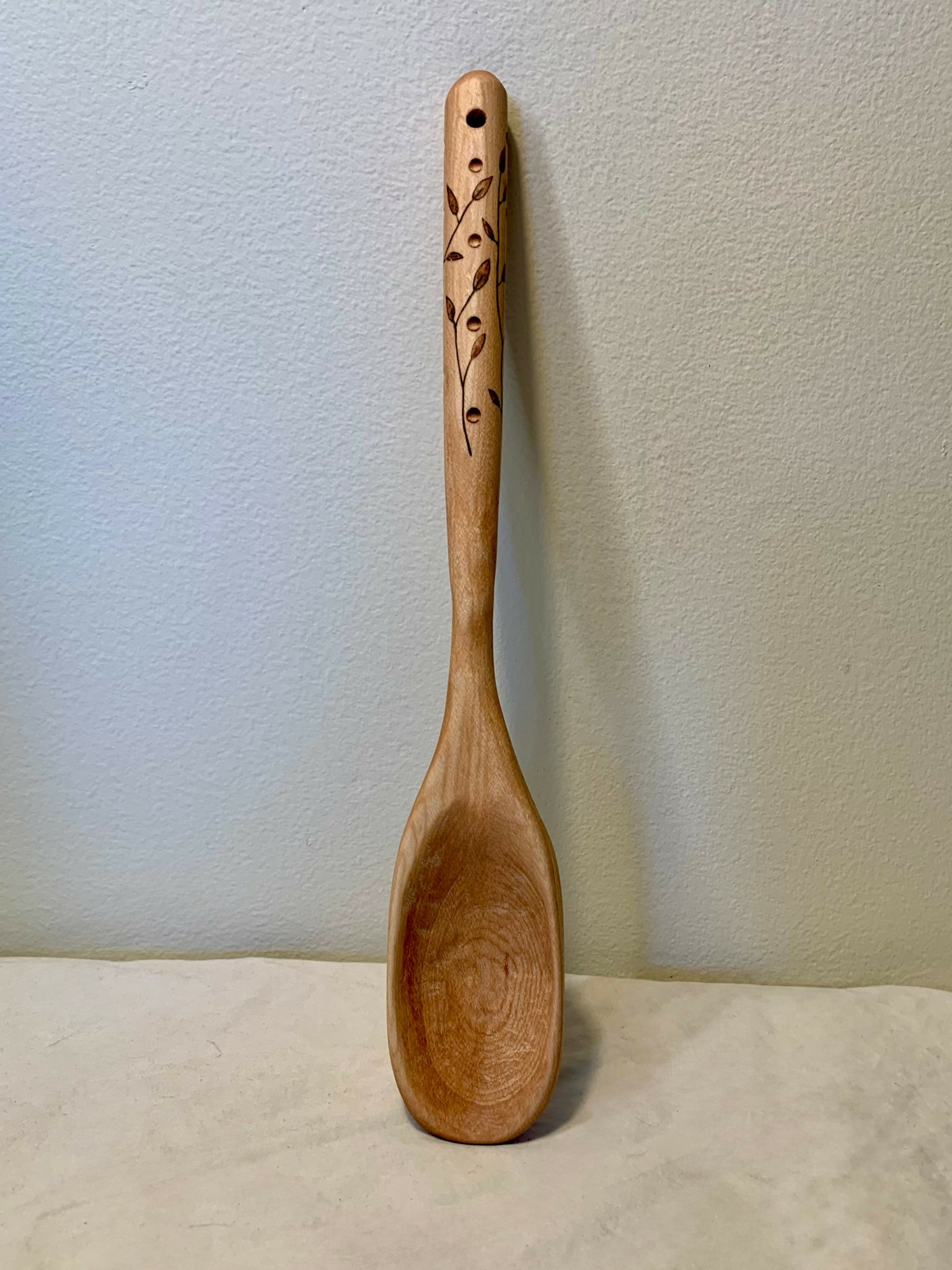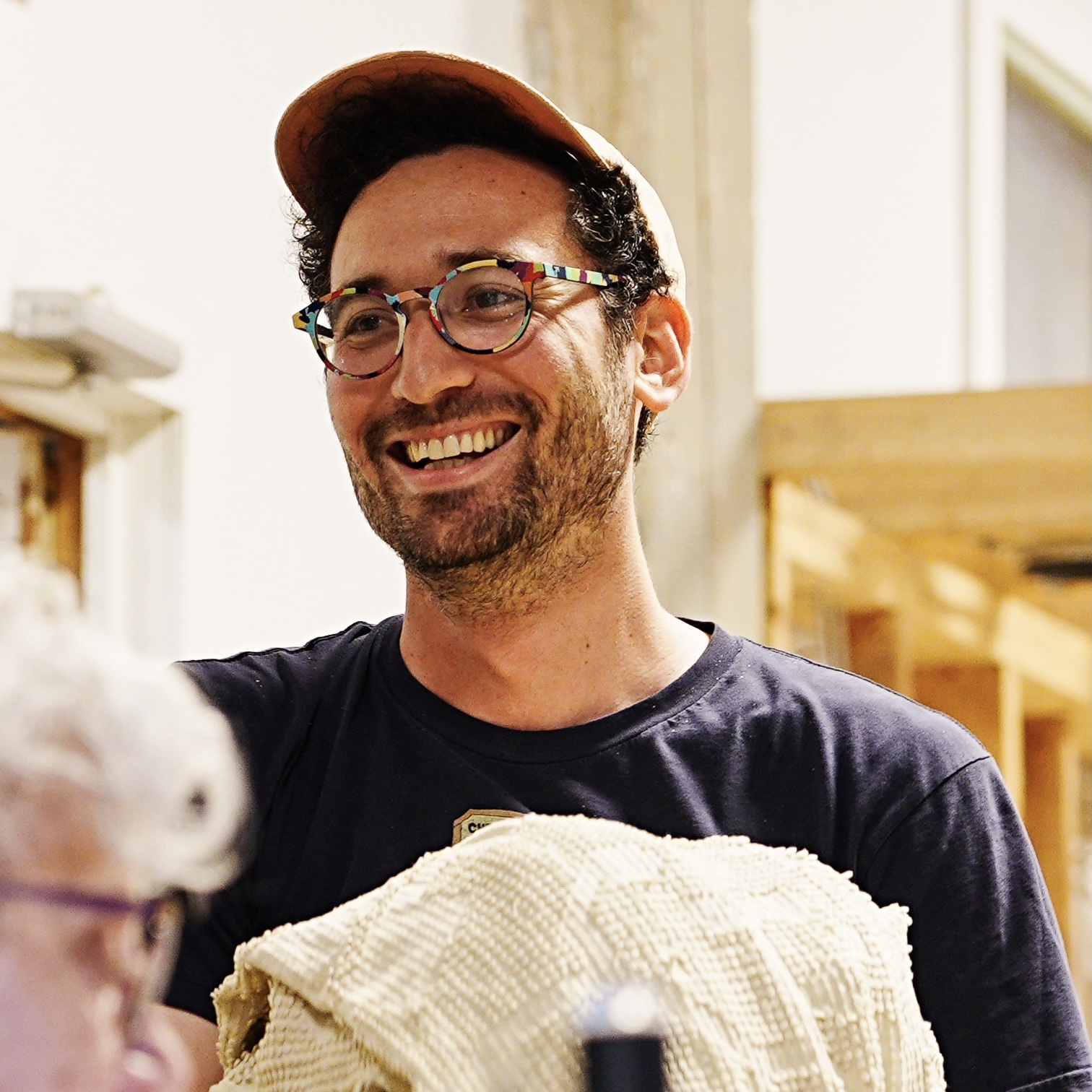Alright – so today we’ve got the honor of introducing you to Joey Barness. We think you’ll enjoy our conversation, we’ve shared it below.
Joey, thanks for joining us, excited to have you contributing your stories and insights. Can you talk to us about how you learned to do what you do?
After the initial bowl carving experience, I decided to take a woodworking class at the Station North Tool Library, where I learned how to make a coffee table. Finishing that class and going home with a new coffee table brought about the same feeling as the bowl. At this point I became obsessed with making and always had a new project to work on. I signed up for as many classes as I could, and spent nearly every waking moment thinking about projects or actively working on them. I continued iterating on my work, getting better each time and eventually building up a small inventory of products I could sell at craft markets. For me, the key to learning was threefold:
1. Having a maker community that supports resource sharing
2. Selecting projects that are challenging but not overwhelmingly difficult
3. Repetition.
It takes time and practice to understand the material, how it behaves under different circumstances, and the various methods to shape it. Woodworking can be overwhelming at first because we often associate it with having a fancy woodshop and thousands of dollars worth of tools. For me, I decided to think of resource limitations as nothing more than parameters by which I could select projects. I would also come up with creative solutions to achieve desired outcomes using the tools available to me.
For example, one of my favorite and most useful tools is a Dremel that I bought at a garage sale for one dollar. I use it all the time to touch up my work. My process for learning has been gradual and self-paced but it worked for me and my life circumstances at the time. I was working full time in nonprofit administration while developing my craft on the side. Now I sell my own products, and also work as a cabinetmaker for a custom fabrication shop. I believe anyone can get started with woodworking if they have the curiosity and willingness to experiment.

Joey, before we move on to more of these sorts of questions, can you take some time to bring our readers up to speed on you and what you do?
My name is Joey Barness. I’m a woodworker based in Baltimore, Maryland under the name Shop Cat Woodworks, I also work as a cabinetmaker for a custom fabrication shop. I make home decor items, focusing on pieces that are both functional and artistic. I believe the home can be a space for exploration, innovation, and imagination, where simple, everyday objects can be functional works of art. Growing up in Los Angeles, my parents collected all kinds of knick knacks, cultivating a home that was filled with curiosity and excitement at every turn.
Inspired by my childhood home, I like to make high-quality items that will last generations and invite interactive play. My product line includes coffee pour overs, accent mirrors, sconces, utensils, and wall art, all exhibiting a counterbalance between function and playfulness. Whether that’s a hand carved spoon with an internet meme engraved in the handle, or a coffee pour over with a squiggly spine, I’m always seeking some element of levity while honoring traditional woodworking techniques. Additionally, I always try to source my materials sustainably, often reclaiming or upcycling wood locally found.
I started my woodworking practice about five years ago during the pandemic. I hardly knew anything about woodworking, but my partner at the time was a woodworker and that’s how I was introduced to the craft. It was the height of quarantine and she told me about a fallen cherry tree in her backyard that we could harvest and turn into bowls. I had no idea what her vision was but it was 2020 and I was down for ANYTHING different to help pass the time.
We made our way through the thick brush to this downed tree. I thought the whole process was a bit extreme but I trusted her and wanted to see where this was going. We put on our safety gear, and she began running her chainsaw. I knew this was about to be obnoxiously loud but my curiosity was piqued. She sliced into the tree like a piece of cake, removing logs perfectly suited for future bowls. Over the next few days we were chipping away at our respective logs, using traditional Japanese hand tools. I could hardly see the bowl take shape, as this was a slow and arduous process. I had no specific plan for the bowl—I just wanted it done. Over the next few months, as I would see the bowl in my kitchen pantry, I became filled with pride and joy, as this was the one thing in my house I made with my own hands! It was perfectly suited for its use, and a daily reminder of something positive in my life despite the whole world shutting down around me. The bowl held meaning in a way that no other item did. The whole experience inspired a new thought that would eventually change my life— “What else can I make?”

In your view, what can society to do to best support artists, creatives and a thriving creative ecosystem?
I feel incredibly lucky to live in a city that encourages and celebrates DIY creative pursuits. Baltimore is brimming with grassroots art projects and opportunities where anyone can get involved. The Baltimore tool library is a thriving sharing economy, where tools are accessible to anyone and the workshops are kept in great condition due to the robust community of volunteers that take care of it. In my view, these are the types of structures and communities we need to support a healthy creative ecosystem. It’s hard enough for the average American to pay the bills, so any form of resource sharing or financial relief is a big win for artists.
As a woodworker, I source my lumber from Camp Small, which is a publicly funded lumber mill and tree cutting service. They remove downed trees on city property, process the lumber and sell it to woodworkers at a reduced rate. I don’t know if this exists in other cities, but it’s one example of resource sharing that is environmentally and economically beneficial to the whole community. It feels good to support businesses like that, and encourages me to continue making and sharing my work.
Another way to support a thriving creative ecosystem is just by keeping the costs of living down. When people have time and energy beyond working to cover living expenses, they can focus on creative pursuits. With a little more breathing room, artists can spend time on their craft, collaborate with one another, and see their ideas through.

Contact Info:
- Website: https://shopcatwoodworks.com
- Instagram: https://www.instagram.com/shop_cat_woodworks



Image Credits
Lokal Labs (the personal photo only)


